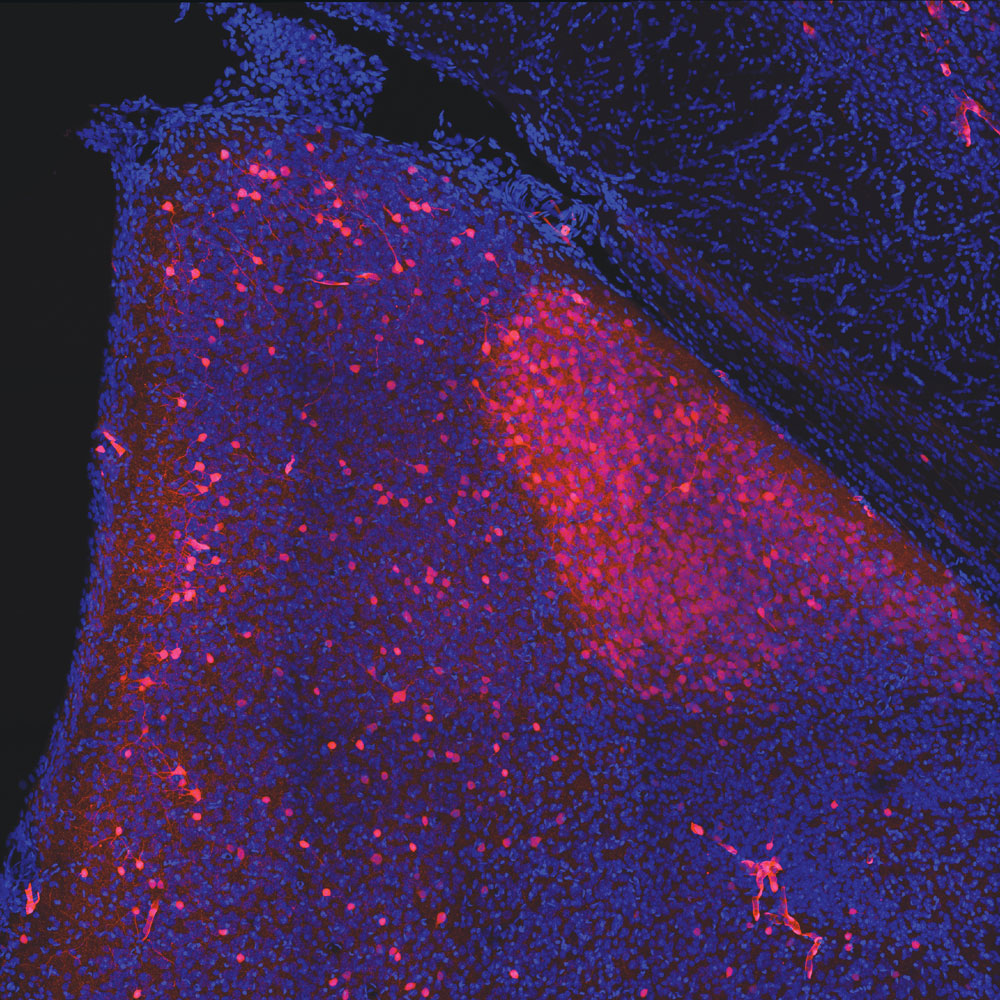From the streets signs and gas stations in our neighborhoods to the mountains on the horizon when we travel, landmarks help all of us figure out where we are and how to get where we’re going. Despite the ubiquity of these markers in our environment, scientists are still figuring out how the brain creates and uses landmarks for navigation. By monitoring mice exploring virtual landscapes, researchers in the Axel lab have found that areas of the brain talk to each other to identify features important for tracking location. Led by postdoctoral researcher Walter Fischler-Ruiz, PhD, the new research is published October 27 in Neuron.


